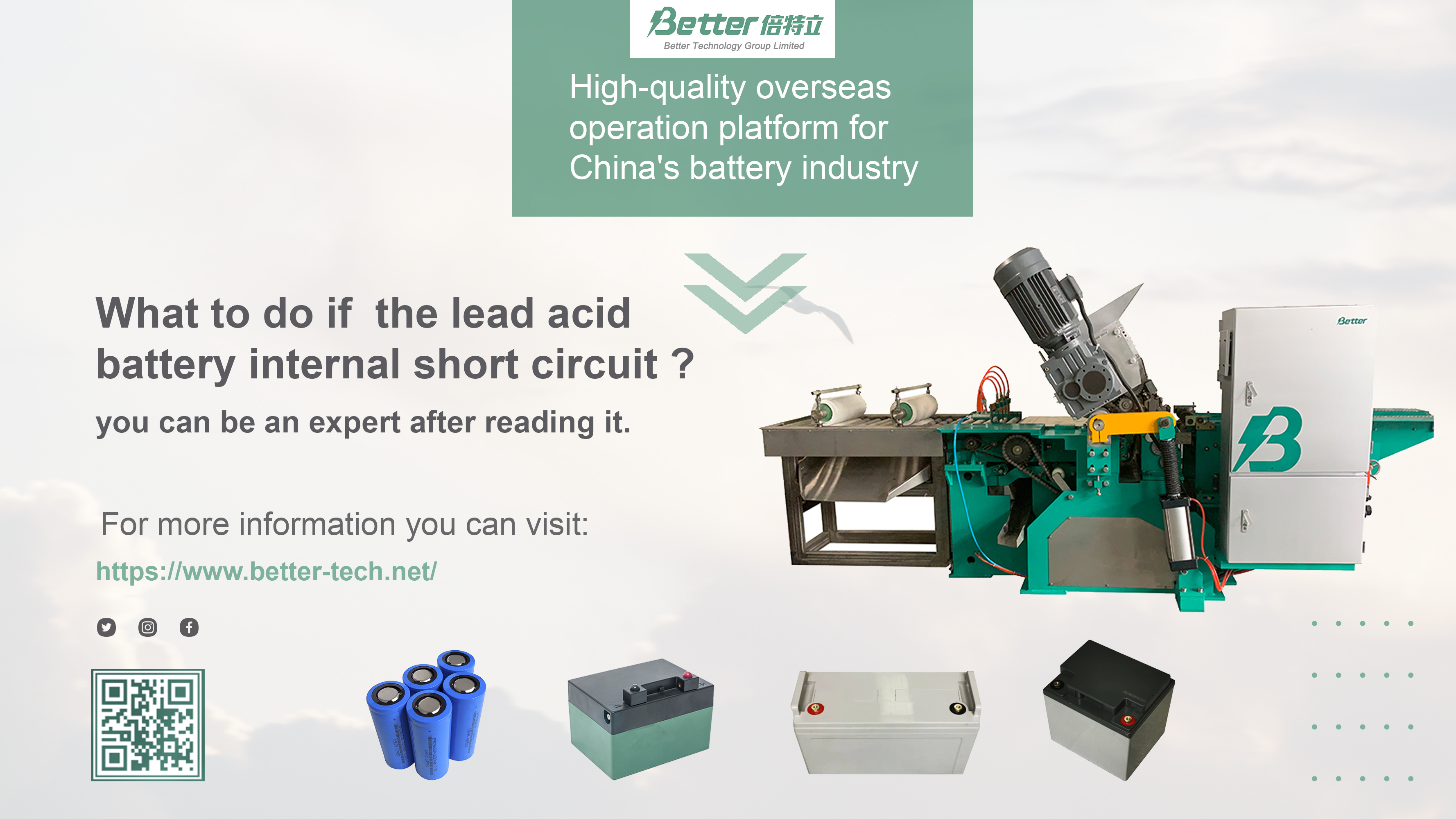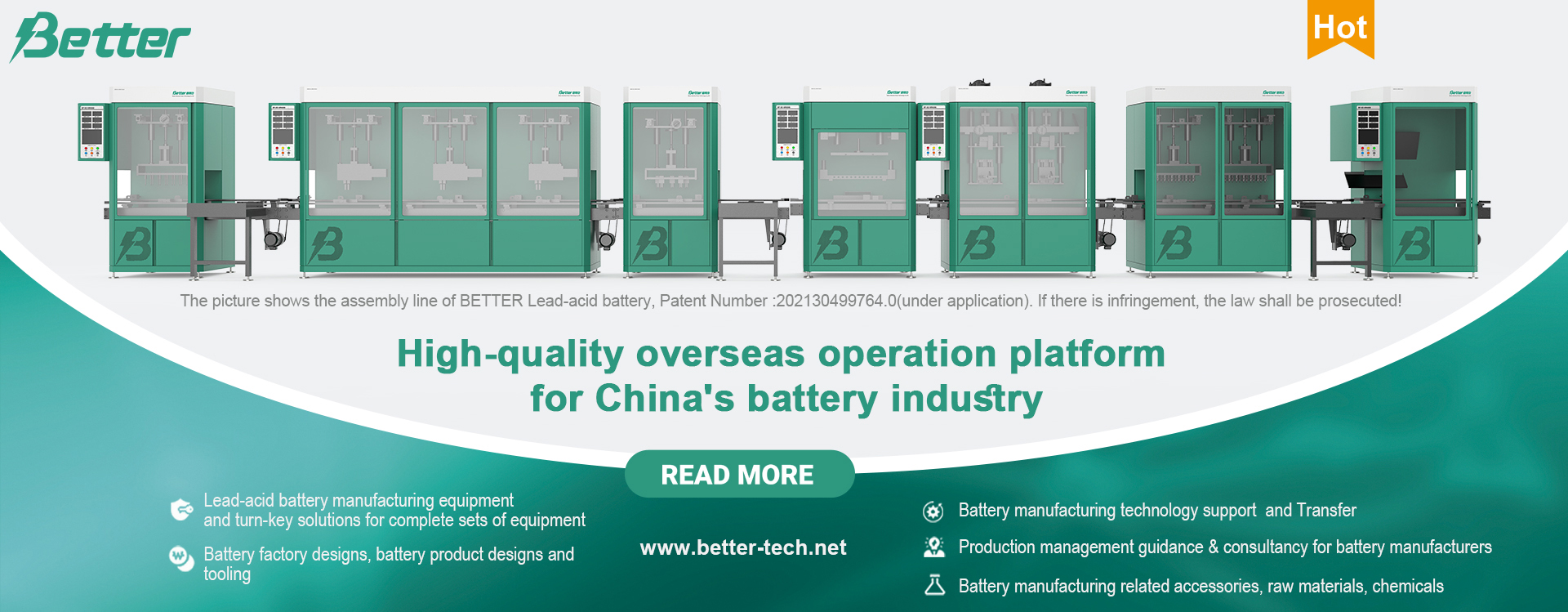
Cause and treatment of lead acid battery internal short circuit
2021-12-14 17:591. Lead acid battery short circuit is mainly shown in the following aspects:
1.1 The open circuit voltage is low, and the closed circuit voltage (discharge) quickly reaches the end voltage.
1.2 When discharging at high current, the terminal voltage drops to zero rapidly.
1.3 When the circuit is open, the electrolyte density is very low, and the electrolyte will freeze in a low temperature environment.
1.4 When charging, the voltage rises slowly and always remains low (sometimes drop to zero).
1.5 When charging, the temperature of the electrolyte rises very quickly.
1.6 When charging, the electrolyte density rises slowly or hardly changes.
1.7 When charging, no bubbles or bubbles appear very late.

2. The main reasons for the internal short circuit of the lead-acid battery include:
2.1 The quality of the separator is poor or defective, allowing the active material of the plate to pass through, resulting in virtual or direct contact between the positive and negative plates.
2.2 The dislocation of the separator causes the positive and negative plates to be connected.
2.3 The active material on the battery plate expands and falls off. Due to excessive deposition of the active material, the lower edge or side edge of the positive and negative plates contact each other with the sediments, resulting in the positive and negative plates being connected.
2.4 Conductive objects falling into the battery cause the positive and negative plates to be connected.
2.5 The "lead splinter" formed during the welding of the plate group is not removed, or there are "lead beans" existing between the positive and negative plates during assembly, and the separator is damaged during the charging and discharging process and the positive and negative plates are connected.

3. How to deal with the short circuit of lead-acid battery:
The following mainly analyzes the lead-acid battery short circuit caused by excessive charging current, charging voltage of a single battery exceeds 2.4V, internal short-circuit or partial discharge, excessive temperature rise and valve control failure, and summarizes the treatment methods of lead acid battery short circuit as follows:
Reduce the charging current, lower the charging voltage, and check whether the safety valve is blocked. Charge and discharge regularly. Many of the float charge and discharge voltages of lead-acid batteries in UPS power systems have been adjusted to their rated values at the factory, and the discharge current increases with the increase of the load. The load should be adjusted reasonably during use, such as control of the number of computers and other electronic equipment.
Generally, the load should not exceed 60% of the UPS rated load. Within this range, the battery will not be over-discharged. Lead-acid storage battery will lose part of its capacity due to self-discharge. Therefore, before lead-acid battery is installed and put into use, the remaining capacity of the battery should be judged according to the battery's open circuit voltage, and then different methods should be used for supplementary charge for the battery. For spare storage batteries, supplementary charging shall be carried out every 3 months. You can judge the quality of the battery by measuring the open circuit voltage of the Panasonic battery.
Take a 12V battery as an example. If the open circuit voltage is higher than 12.5V, it means that the battery has more than 80% energy storage. If the open circuit voltage is lower than 12.5V, it should be recharged immediately. If the open circuit voltage is lower than 12V, it means that the battery stores less than 20% of the electric energy and the battery is unusable. When the battery is in a short-circuit state, its short-circuit current can reach hundreds of amperes. The stronger the short-circuit contact, the greater the short-circuit current, so all the connections will generate a lot of heat, and the weaker links will generate more heat, which will melt the connection and cause a short circuit.
The battery may partially produce explosive gas (or the explosive gas collected during charging), and spark will be generated when the connection is fused, which will cause the battery explosion; If the battery short circuit time is short or the current is not very large, the connection may not be fused, but the short circuit may still overheat, which damages the binder around the connection bar, leaving leakage and other hidden dangers.
Therefore, in the process of using lead-acid batteries, we must pay attention to the correct use of batteries, and there must be no short circuit. When installing a lead-acid battery, insulation measures shall be taken for the tools which are being used. When connecting, connect the electrical appliances other than the battery first, ensure there is no short circuit, and finally connect the battery. The wiring specification should be well insulated to prevent the wires from being cracked due to overlapping compression. Through these meticulous work, we can better prevent the short circuit of lead-acid batteries, make lead-acid batteries safer to use, and have longer service life.
